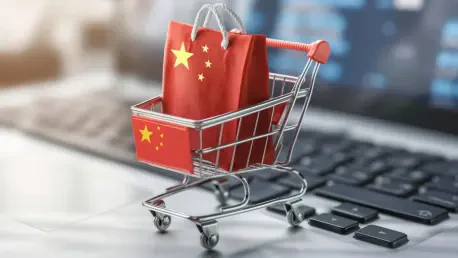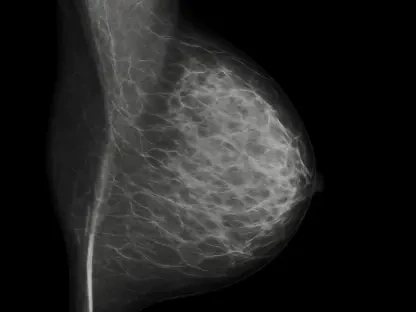Recent developments in global commerce have witnessed an escalating trade conflict between China and the European Union, marked by strategic retaliations and protectionist measures that highlight a significant dilemma for international trade relations. In response to the European Union’s trade restrictions, China has imposed its own ban on European medical device firms, preventing them from selling to the Chinese government when procurement budgets exceed 45 million yuan, roughly equivalent to $6.28 million. This policy specifically targets companies operating outside China’s borders, enhancing tensions as it mirrors the EU’s action to exclude Chinese firms from any government purchases exceeding five million euros. Across a broad spectrum of industries like brandy, electric vehicles, pork, and dairy, these reciprocal measures underscore a complex pattern of geopolitical maneuvering. This exchange of restrictive measures exemplifies a broader trend of increasing protectionism showcased globally as two economic forces seek to leverage positions in the worldwide market.
Consequences for Various Industries
The ongoing trade skirmish between China and the EU represents much more than isolated actions against medical device companies; it encompasses a vast array of industries, each potentially facing significant repercussions. With industries such as automotive, food, and beverage caught in the crossfire, the implications for global supply chains and market access are daunting. European car manufacturers stand to lose significant investment opportunities in China’s burgeoning electric vehicle market—a sector where the innovation race is fierce. Meanwhile, agriculture sectors, including dairy and pork producers, navigate steep challenges as barriers restrict export opportunities, threatening economic stability in regions relying on agricultural exports. Trade barriers, particularly in competitive markets like technology and food, compel industry leaders to reevaluate strategies and innovate, either finding alternative markets or negotiating trade terms that might mitigate these complications. The ripple effects from the EU-China trade turbulence cannot be underestimated, potentially disrupting not only bilateral trade but also influencing global economic trends and reshaping industry dynamics on both continents.
Calls for Resolution Amid Economic Friction
Recent shifts in global commerce have escalated into a trade conflict between China and the European Union, marked by retaliatory actions and protective measures that present a significant challenge to international trade dynamics. In retaliation to the EU’s trade policies, China has barred European medical device firms from engaging in government sales when procurement budgets exceed 45 million yuan, or approximately $6.28 million. This Chinese policy targets foreign firms, heightening tensions due to its resemblance to the EU’s initiative to block Chinese companies from government contracts exceeding five million euros. Industries across the board, such as brandy, electric vehicles, pork, and dairy, are caught in this crossfire, which reflects a sophisticated pattern of geopolitical strategy. This back-and-forth of restrictions illustrates a more significant global trend toward protectionism with both economic powerhouses attempting to assert their influence in the international market landscape.









